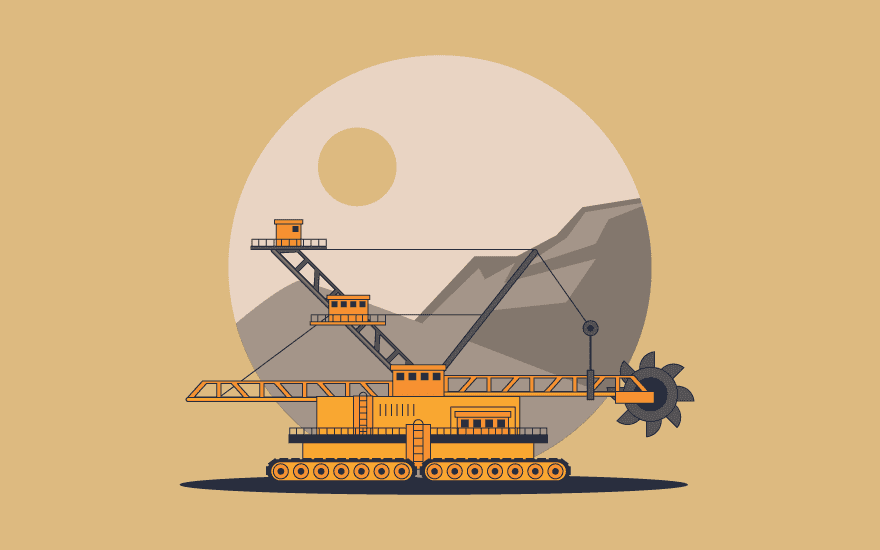The Only Guide to Consulting Engineers
The Only Guide to Consulting Engineers
Blog Article
Not known Facts About Consulting Engineers
Table of ContentsThe Ultimate Guide To Consulting EngineersHow Consulting Engineers can Save You Time, Stress, and Money.Consulting Engineers Things To Know Before You BuyHow Consulting Engineers can Save You Time, Stress, and Money.Things about Consulting EngineersThe Only Guide to Consulting Engineers
To provide the very best experiences, we utilize innovations like cookies to store and/or access device info. Consenting to these technologies will allow us to process information such as browsing behavior or special IDs on this website. Not consenting or taking out permission, might detrimentally affect specific attributes and functions. The technological storage space or access is strictly necessary for the legitimate purpose of allowing making use of a certain service clearly requested by the subscriber or individual, or for the sole purpose of accomplishing the transmission of an interaction over a digital interactions network.They perform site examinations, accumulate examples, carry out laboratory tests, and analyze data to evaluate the suitability of the ground for building jobs. Based on their searchings for, geotechnical engineers supply suggestions for structure style, incline security, maintaining structures, and mitigation of geotechnical threats. Consulting Engineers. They collaborate with other specialists, such as architects, architectural engineers, and building and construction teams, to make sure that geotechnical factors to consider are integrated into the total project design and execution
The Ultimate Guide To Consulting Engineers
They interpret the information to comprehend the buildings and behavior of the dirt and rock, including their strength, leaks in the structure, compaction features, and groundwater conditions. Geotechnical Evaluation and Layout: Geotechnical engineers examine the information accumulated throughout website investigations to examine the security and viability of the website for construction tasks. They execute geotechnical estimations and modeling to evaluate elements such as birthing capability, settlement, incline security, side earth stress, and groundwater circulation.
Structure Layout: Geotechnical designers play a critical function in designing structures that can safely support the intended structure. They examine the dirt problems and lots needs to determine the proper foundation type, such as superficial structures (e.g., grounds), deep structures (e.g., heaps), or specialized strategies like soil renovation. They take into consideration aspects such as settlement limits, birthing ability, and soil-structure communication to create optimum structure layouts.
Below are some kinds of geotechnical engineers: Foundation Designer: Structure designers focus on developing and analyzing foundations for structures. They assess the dirt problems, tons needs, and website qualities to figure out the most appropriate structure kind and layout, such as shallow foundations, deep structures, or specialized techniques like stack structures.
The Buzz on Consulting Engineers

In the workplace atmosphere, geotechnical designers utilize specialized software program tools to carry out estimations, create layouts, and evaluate data. They prepare records, testimonial job specs, connect with customers and staff member, and coordinate job tasks. The workplace setting provides a Recommended Site favorable setting for research study, evaluation, and partnership with various other professionals involved in the job.
They often see project sites to carry out website investigations, evaluate geotechnical problems, and gather data for evaluation. These sees involve taking a trip to different locations, in some cases in my sources remote or challenging surfaces. Geotechnical designers may do dirt tasting, conduct examinations, and display building tasks to ensure that the geotechnical facets of the project are being implemented properly.
10 Simple Techniques For Consulting Engineers

The procedure is done through geotechnical examination. It gives details on the physical homes of dirt earthworks for proposed structures and for the fixing of distress to earthworks that are triggered by subsurface conditions.
Top Guidelines Of Consulting Engineers
However this details can be made use of for a lot more. Keep analysis as we provide down the multiple purposes of geotechnical examinations and why it is vital in geotechnical engineering. Geotechnical website investigation is important in the construction process since it aims to understand and offer information on the website's subsurface conditions.

These consist of the groundwater problems, design troubles, types of dirts or rock, and measuring the thermal resistivity of dirts. Such problems identify several variables, consisting of exactly how costly the building job will be, what sort of foundation is required, just how the framework will be developed, etc. Regardless of the kind of building and construction being done, whether a house, pipe, or a substantial mall, a geotechnical investigation must be brought out.
The Ultimate Guide To Consulting Engineers
The essential actions in bring Web Site them out stay the same. They are: This is where geotechnical engineering occurs to understand the region's geology. It can be done via geologic mapping, photogrammetry, or geophysical techniques. In conclusion, it is done to assess the physical problems of the soil.
As soon as this is done, the designers will certainly collaborate with the customer to see what sort of construction they need. This is generally where they utilize borings or drillings to secure soil examples. Relying on the client's needs, these samples may also get tested in labs. Various other than this, the designers will certainly also visually examine the dirt for rock and water.
Once designers have actually conducted their examination, they will need to establish suggested solutions. Understanding subsurface problems prior to the construction of the site is crucial to make certain that the framework is built safely and can be effectively supported.
Report this page